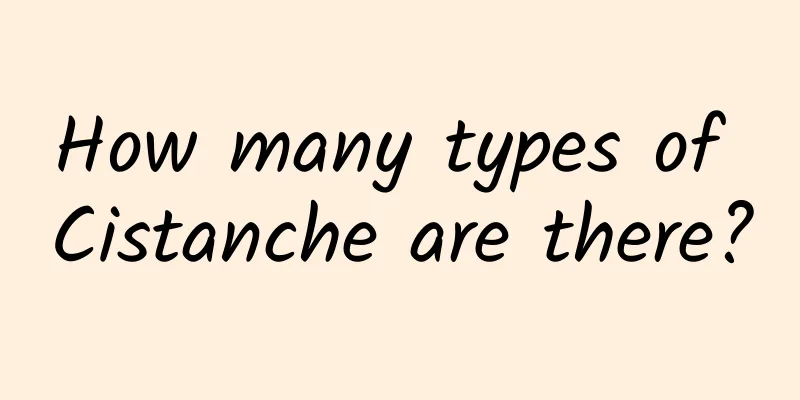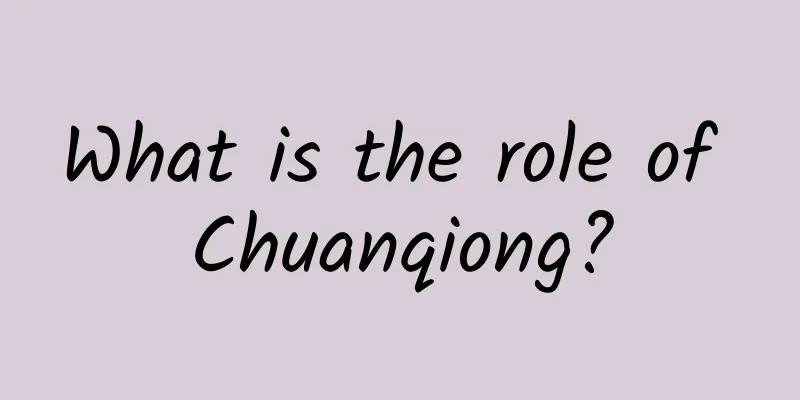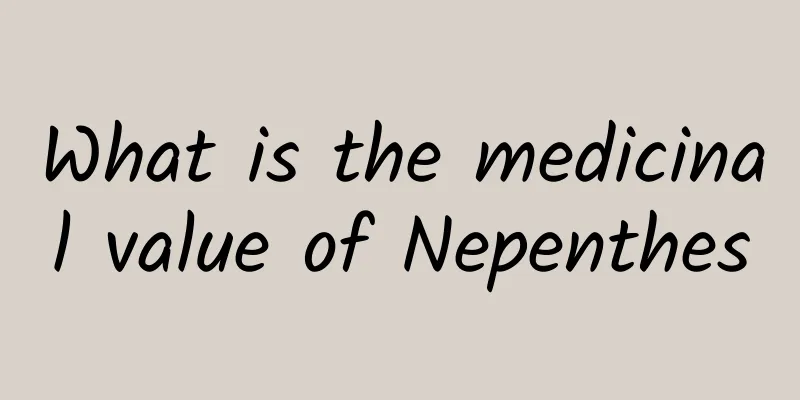How many types of Cistanche are there?

|
Cistanche is not as simple as we think, and there are several types of Cistanche. If we don’t choose carefully, some problems will easily arise. Therefore, we must carefully distinguish the types of Cistanche and understand their characteristics so that we will not make mistakes when purchasing. Next, let us learn about the several types of Cistanche. People who don’t know much about it need to take a serious look at it. Dayun, Cunyun, Cistanche, Dijing, Chagan Gaoya (Mongolian). Appearance: Perennial parasitic herb, 80 to 100 cm tall. Stems fleshy and unbranched. The scale leaves are yellow, fleshy, imbricate, lanceolate or linear-lanceolate. The spike inflorescence is terminal to the pedicel; there is one bract under each flower, with two bracteoles, fused to the calyx at the base; the back is covered with hairs, about one time the length of the pedicel, the calyx is 5-lobed and has ciliate margins; the corolla is tubular-bell-shaped, yellow, with five lobes at the top, and the lobes are blue-purple; there are four stamens. Capsule oval, brown. There are many small seeds. Flowering period is from May to June. Unbranched, thicker at the bottom. The leaves are fleshy, scaly, spirally arranged, pale yellowish white. The lower leaves are dense, broadly ovate or triangular-ovate, 5-15 mm long and 10-20 mm wide. The upper leaves are sparse, lanceolate or narrow lanceolate, 10-40 mm long and 5-10 mm wide. The inflorescence is terminal, extending out of the ground, 15-50 cm long, with many flowers; the bracts are linear-lanceolate or ovate-lanceolate, 2-4 cm long, 5-8 mm wide, and nearly the same length as the corolla; the bracteoles are ovate-lanceolate or lanceolate, nearly the same length as the calyx; the calyx is campanulate, 10-15 mm long, 5 shallowly lobed, and the lobes are nearly circular; the corolla is tubular-campanulate, 3-4 cm long, pale yellowish white, the tube is curved inward, and there are 2 bright yellow longitudinal protrusions inside in the off-axis direction, 5 lobes, pale yellowish white, lavender or lavender edges; 4 stamens, 2 strong, nearly hidden; the ovary is elliptical, white, with yellow nectaries at the base, the style is slender, nearly the same length as the corolla, and the stigma is nearly spherical. The capsule is oval, 2-lobed, and brown; the seeds are numerous, tiny, elliptical-oval or elliptical, 0.6-1 mm long, with a reticulate and shiny surface. How to eat Cistanche? The method of taking Cistanche is basically the same as general tonic Chinese medicine. It can be used alone or in combination with other medicines. Patients can make it into different products according to their needs. It can be drunk as tea, decocted into soup, made into paste, cooked into soup, or soaked in wine, etc. Several recommended ways to take Cistanche deserticola: Tea drinking method: Wash the Cistanche deserticola, steam it until soft, cut it into thin slices, make tea and drink it several times a day. The daily dosage should be 6 to 9 grams. Decoction method: 15 grams of Cistanche deserticola, 12 grams of hemp seed, 9 grams of stir-fried Citrus aurantium, 3 grams of Cimicifuga heracleifolia, 15 grams of Trichosanthes seed, 6 grams of Prunus mume seed, and 12 grams of Achyranthes bidentata. Decoction the above seven ingredients together, take the warm soup after 50 minutes, one dose per day, decoct twice and take twice. Function: Regulate Qi, relax the intestines, remove turbidity, nourish the kidneys and reduce fire, nourish Yin, moisten the intestines and promote bowel movements. How many types of Cistanche are there? The above answers this question. In addition, it also introduces the method of taking Cistanche. Therefore, if you don’t know anything about Cistanche, you should discuss it in depth. Only in this way can we eat Cistanche better without any mistakes or errors, and we can also enjoy Cistanche better. |
<<: What are the main ingredients of Cistanche deserticola?
>>: What is the nutritional value of Cistanche deserticola?
Recommend
What are the effects of Poria polysaccharide
Poria cocos is a common medicinal material that w...
Owls 6 million years ago didn’t work the night shift?
◎ Science and Technology Daily reporter Lu Chengk...
Going back to the past and heading to the future, why are black holes time machines? Is time travel really possible?
Black holes are time machines, but they have hidd...
A woman died while taking care of her baby outdoors! Be careful about this in summer!
Recently, high temperatures have occurred in many...
【Chinese Valentine's Day】Looking at the earth from space, the sea of stars, and the companionship
The Chinese Valentine's Day is here Starry Sk...
Understanding Russian History in One Breath (3)
Mixed Knowledge Specially designed to cure confus...
The efficacy and function of Momordica cochinchinensis root
The root of Momordica charantia is a traditional ...
What are the benefits of eating milk and eggs together? After reading the fourth point, I silently picked up the milk and eggs.
Milk and eggs are both animal foods, and the effe...
The efficacy and function of Caragana
Do you know what Caragana korshinskii is? It is a...
The efficacy and function of Malan
Do you know what Isatis indigofera chinensis is? ...
Popular Science Illustrations | It's about your "little liver"! You should know these liver care knowledge
Gatekeeper expert | Chen Huiting, director of the...
The sweetness is too high! It turns out that a "straight man" confession can be sweet beyond measure~~
Who says romance is only about sweet words and co...
The efficacy and function of white melon leaves
Baiyun melon leaves are a traditional Chinese med...
Ancient energy-saving black technology! The 800-year-old oil-saving lamp contains the neglected beauty of science
Mr. Chen Yinke spoke highly of the historical dev...









